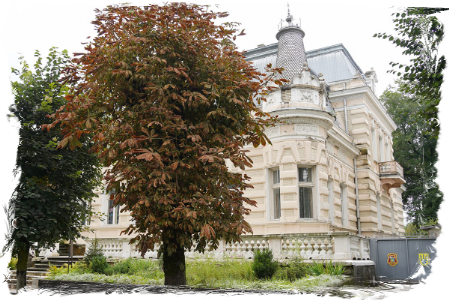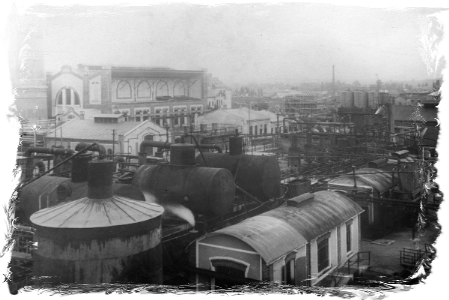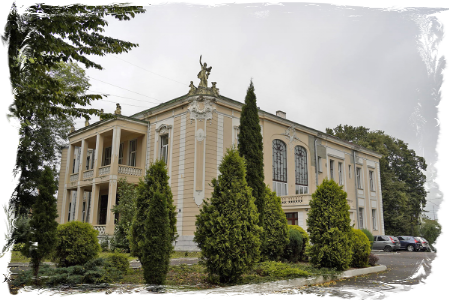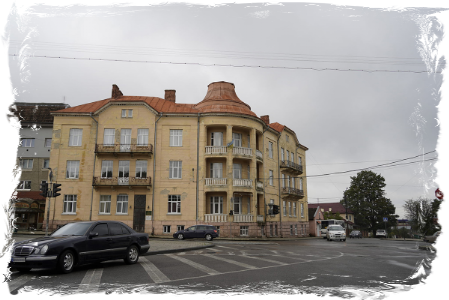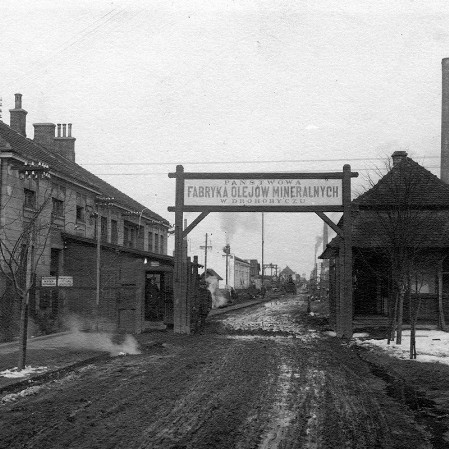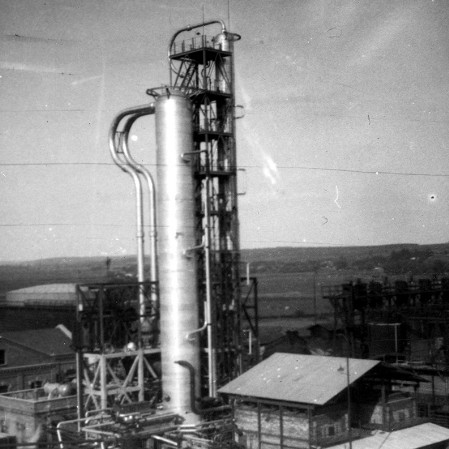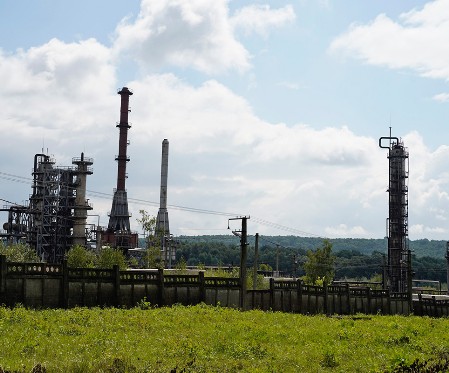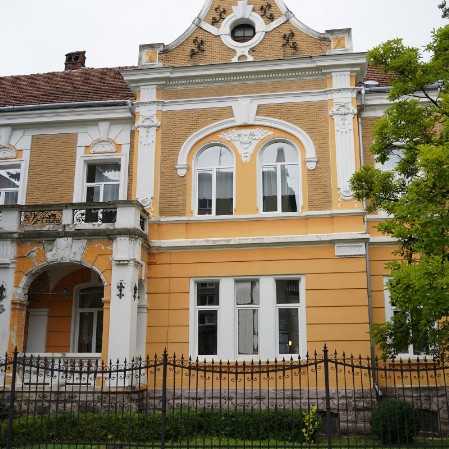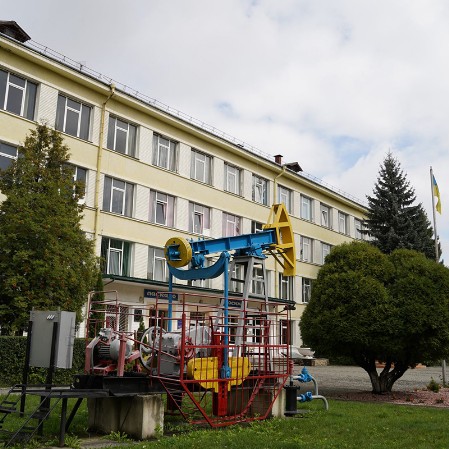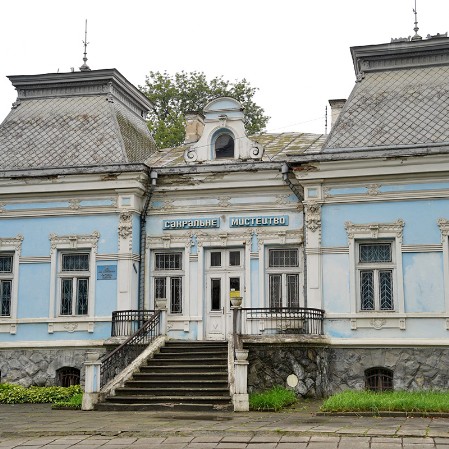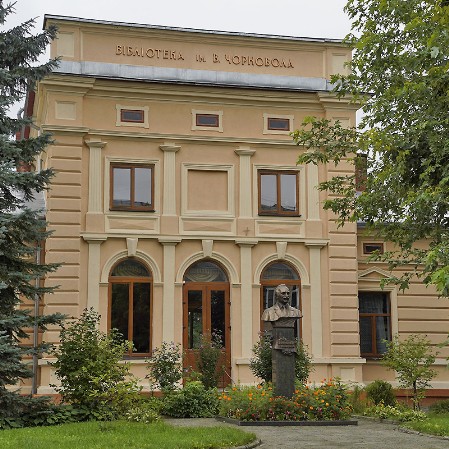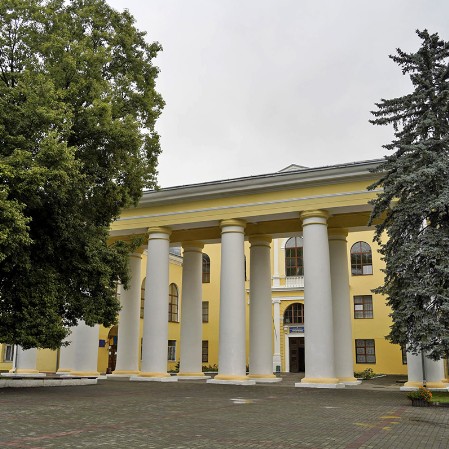In the footsteps of Łukasiewicz- Drohobych
Drohobycz
Drohobych is a city in Ukraine, located on the Tysmenitsia river in the Brzeżne Beskids, in the Lviv Oblast. It is the residence of the Drohobych district. Drohobych was granted city rights under the Magdeburg Law in 1422. From the mid-fourteenth century the city came under the rule of the lands of Eastern Galicia. In the late nineteenth century, when oil was discovered nearby, the city became a significant centre of the mining industry. Drohobych was named a "city of cinnamon shops" by a prose writer and draughtsman Bruno Schulz.
The city developed thanks to the production of salt. In the 16th century it was granted the privilege to illuminate the streets with crude oil which was colloquially called “ rock oil “.
A new city hall was built in 1829. It was a two-story building with a tower and a porch. According to local historians, the first kerosene lamp was installed in 1822 in front of this building. In 1831 the Saint Basil Church was turned into a municipal hospital. It was the place of treatment of employees working in Boryslav during the extraction of oil. They largely suffered in accidents due to burns resulting in the burning of oil while operating Devi lamps. In the second half of the 19th century, there was a rapid demand for "oil lands" in the Drohobych region. The city was swarmed with traders, real estate agents, and stockbrokers discussing business operations and concluding contracts. The cafe of the Europa Hotel at 1 Kowalska Street became at that time an unofficial city exchange, which attracted many British, German and Austrian oil workers.
In 1863, the industrialists Isaac Gottlieb and Hersch Altmann founded the first large refinery in the city in 1863. Its name was "Galicka" and it was located at 82 Borysławska Street. It has been in usage up to these days. The date of establishment of this enterprise is considered to be the beginning of the great history of industrial oil refining in Ukraine, and the plant itself is considered to be one of the oldest on the European continent. After 1901 the refinery operated under the name "Galicja".
Another oil company - "Polmin" on Stryjska Street was established before the First World War. It was then called "Imperial-Royal Factory of Mineral Oils" and "Odbenzyniarnia”. Later the name was changed into the "State Factory of Mineral Oils" (Polmin). At that time, it was the largest refinery in Europe. Today the company is part of the "Galicja" Oil Refining Plant.
Trivia
In 1917, Wołodymyr Ilnicki, a local deputy mayor and lawyer, opened a law office in his villa , where he dealt mainly with oil issues. His son Stefan was a petrochemical specialist and worked for Canadian oil companies. He was granted 37 patents in the United States and around 300 ones in other countries, mainly in the field of maintaining the fluidity of middle crude oil distillates at low temperatures.
The oil magnate Moses Gartenberg had his villa at 12 Szewczenko Street. According to local historians, he was so rich that he planned to cover the villa's floors with coins. This house is described at the beginning of Ivan Franko's novel "Boryslav is laughing". Currently, there is an oil technical school in Drohobych which trains the future staff for the oil and gas industry.
There are also two oil refineries producing gasoline, diesel oil, mazut, tar and paraffin.


